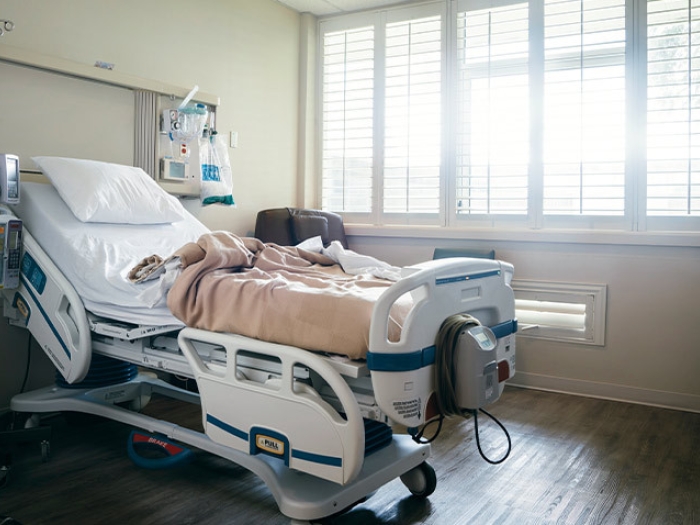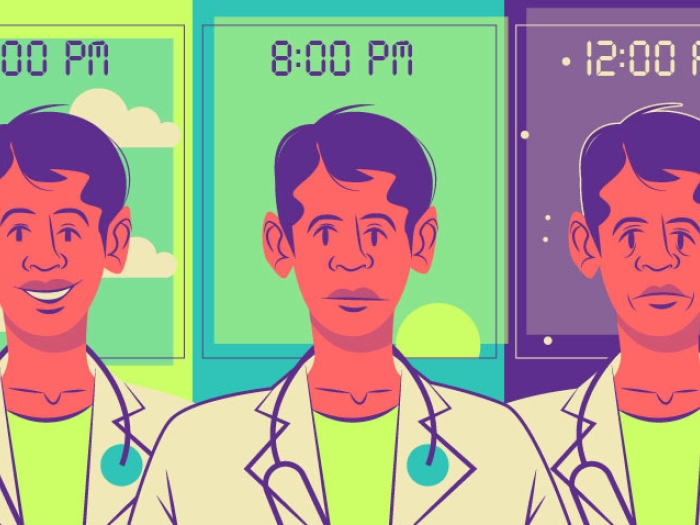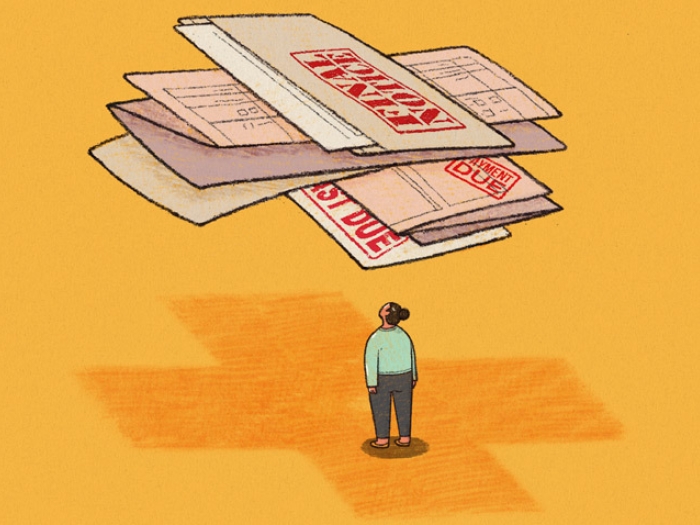Tweaks to tax policy and health laws could pave the way for patients to pay less out of pocket for the care that benefits them most, experts say.
1:00 PM
Author |

Anyone who has visited a doctor, filled a prescription or received a diagnostic test in recent years has probably paid more out of pocket than they would have a few years ago. Most insurance plans have increased co-pays and deductibles to keep monthly premiums from rising even faster.
SEE ALSO: How Big Data Brings Big Gains in Surgical Quality
But a pair of experts who study this trend see a lost opportunity to incentivize health care consumers to use the most-beneficial services.
Instead of charging all patients the same for every visit, test or drug, out-of-pocket costs should be based on how much a specific clinical service improves health, say Mark Fendrick, M.D., of the University of Michigan and Michael Chernew, Ph.D., of Harvard University.
In a new JAMA article, the researchers identify key steps public and private insurance providers could take to alter consumer cost sharing from "one size fits all" to a more clinically nuanced model based on individual patient and provider factors.
Their piece, which the National Academy of Medicine commissioned for its Vital Directions effort to lay out a framework for health care reform, appeared alongside 18 others by health care experts from around the country. All the authors have been elected to membership in the NAM, formerly known as the Institute of Medicine.
Fendrick, a professor in U-M's Medical School and School of Public Health and a member of the U-M Institute for Healthcare Policy and Innovation, and Chernew, a professor at Harvard Medical School, have worked for more than a decade to advance a concept they developed, known as value-based insurance design, or V-BID. Fendrick heads a center by that name at U-M.
They've documented that when people are asked to pay more for medical care, they often avoid or skimp on the clinician visits, diagnostic tests and treatments needed to stay healthy.
Skipping recommended care can adversely affect health, worsen health disparities and, in some cases, increase total spending.
The JAMA piece recommends changes to encourage value-based cost sharing, including:
-
Changing Internal Revenue Service rules so people with chronic conditions enrolled in high-deductible health plans (HDHPs) won't have to meet the deductible before their plans cover essential care, such as insulin and eye exams for people with diabetes, or counseling and medication for those with depression.
Under current IRS rules, HDHPs may provide select preventive care benefits prior to satisfaction of the deductible. But services meant to treat "an existing illness, injury or condition" are excluded from coverage until deductibles are met. A bipartisan bill was recently introduced to the U.S. House of Representatives to change IRS rules to allow HDHPs the flexibility to better cover clinical services for chronic medical conditions. -
Updating the standard coverage requirements for insurance plans that companies sell on HealthCare.gov and other exchanges to promote value-based cost sharing.
-
Reforming Medicare's benefit package so beneficiaries pay less out of pocket for high-value clinical services and providers. One step in that direction is in the works: In January, the Centers for Medicare & Medicaid Services will launch the Medicare Advantage (MA) Value-Based Insurance Design Model. It's an opportunity for MA plans run by private insurance companies in seven states to reduce cost sharing on visits and services of the highest clinical value to enrollees with specified chronic conditions.
-
Encouraging efficient employee insurance packages that focus on the value of services to the individual. This could be done by implementing V-BID principles on high-cost plans to avoid the "Cadillac" tax, or capping the tax on plans at a certain level. This would yield federal dollars that could be used to provide better health care for people with lower incomes.
"Increasing health care spending has created serious challenges for purchasers in the U.S. health care system," the authors write. "Solutions will require both payment reform and greater patient engagement. Patient-facing tools should not create barriers to access, but instead encourage people to use high-value services from high-value health professionals and health care organizations."

Explore a variety of healthcare news & stories by visiting the Health Lab home page for more articles.

Department of Communication at Michigan Medicine
Want top health & research news weekly? Sign up for Health Lab’s newsletters today!





